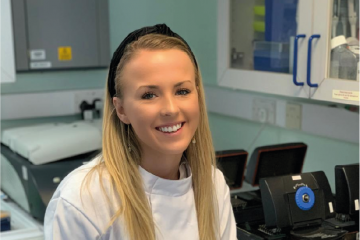Fellowship
MacuSIM: A microfluidic, in vitro model of the outer retina as an experimental platform for macular disease and therapeutic trials

At a glance
Completed
Award date
April 2020 - July 2022
Grant amount
£121,593
Principal investigator
Dr Savannah Lynn
Institute
University of Southampton
R
- Replacement
Read the abstract
View the grant profile on GtR
